Orchidaceae > Tipularia (cranefly orchid)
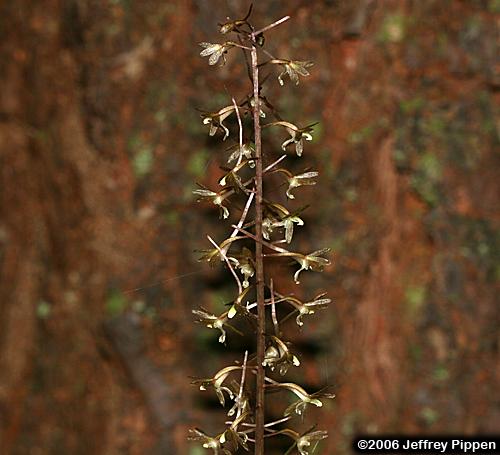
Orange Co., NC
8 Aug 2006
One of the most common orchids in NC, Cranefly Orchid grows in wooded habitats statewide.
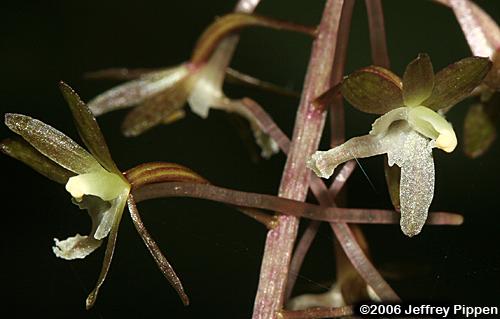
Orange Co., NC
8 Aug 2006
The flower stalks appear in mid to late summer, long after the leaves (which are found only from fall to spring) have disappeared.
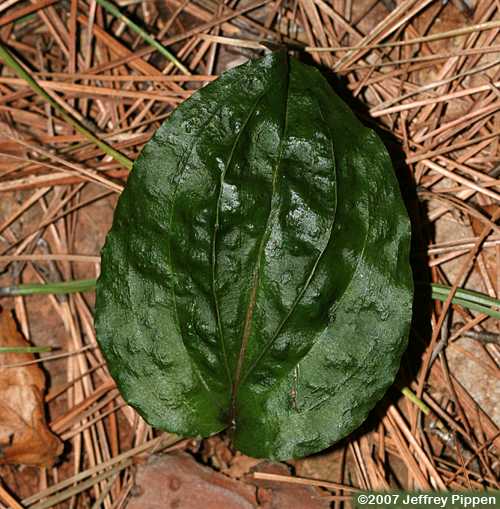
Orange Co., NC
8 Aug 2006
A single leaf appears in the fall, after the tree canopy leaves have dropped, allowing sunlight to reach the forest floor. Tipularia leaves then photosynthesize all winter long and wither and disappear in the spring, after the emergence of the canopy leaves which block the sunlight from the forest floor.
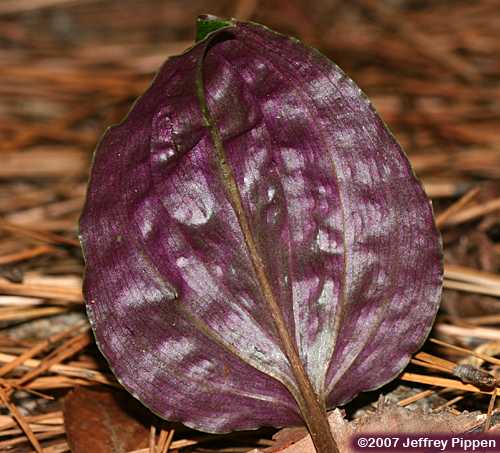
Orange Co., NC
8 Aug 2006
The undersides of Tipularia leaves are dark purple.
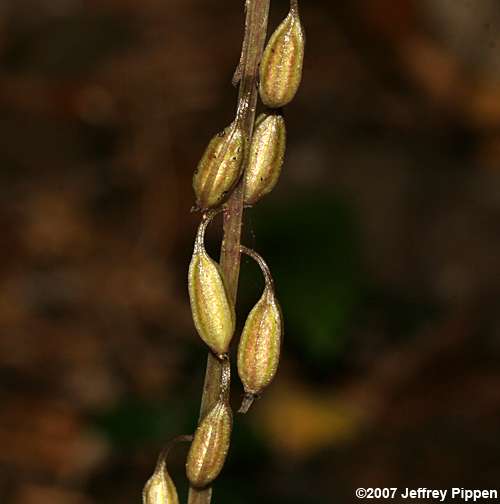
Orange Co., NC
8 Aug 2006
Fruits are capsules that ripen in the fall. Seeds are tiny!